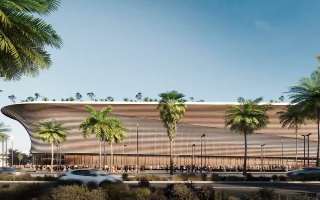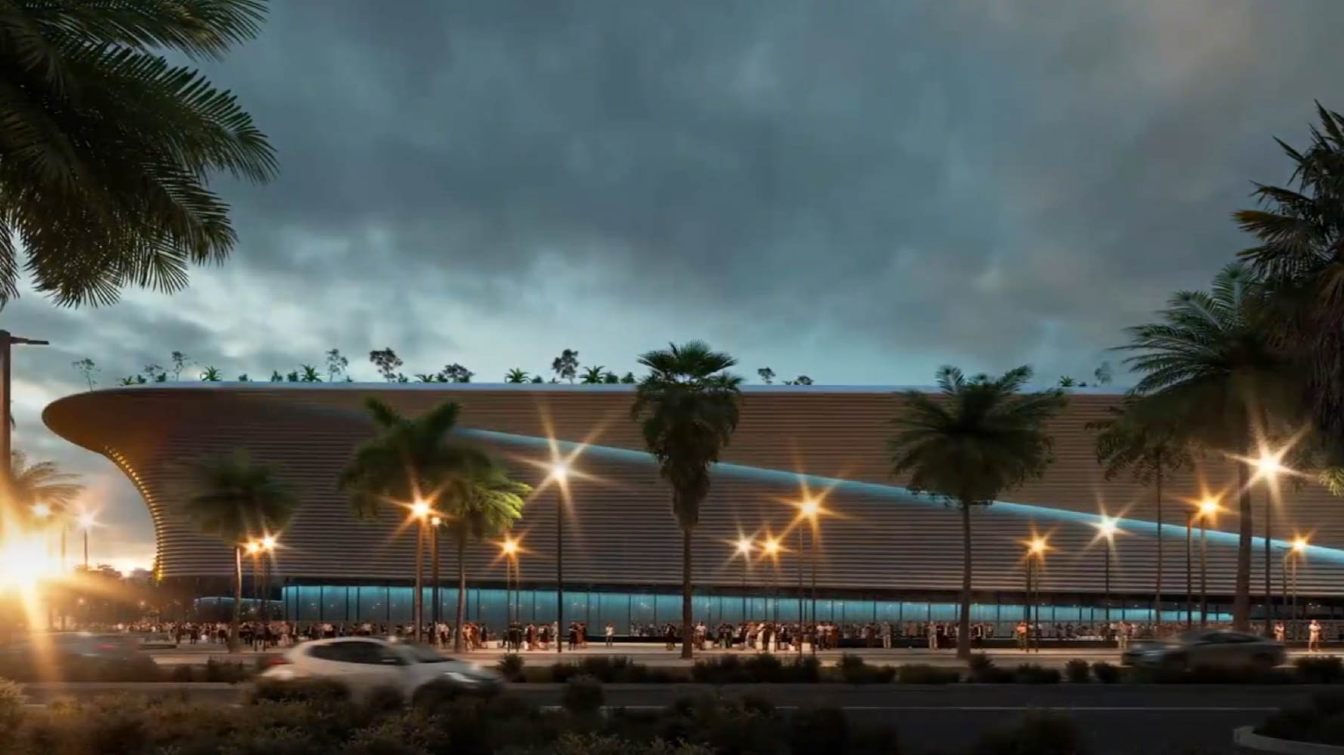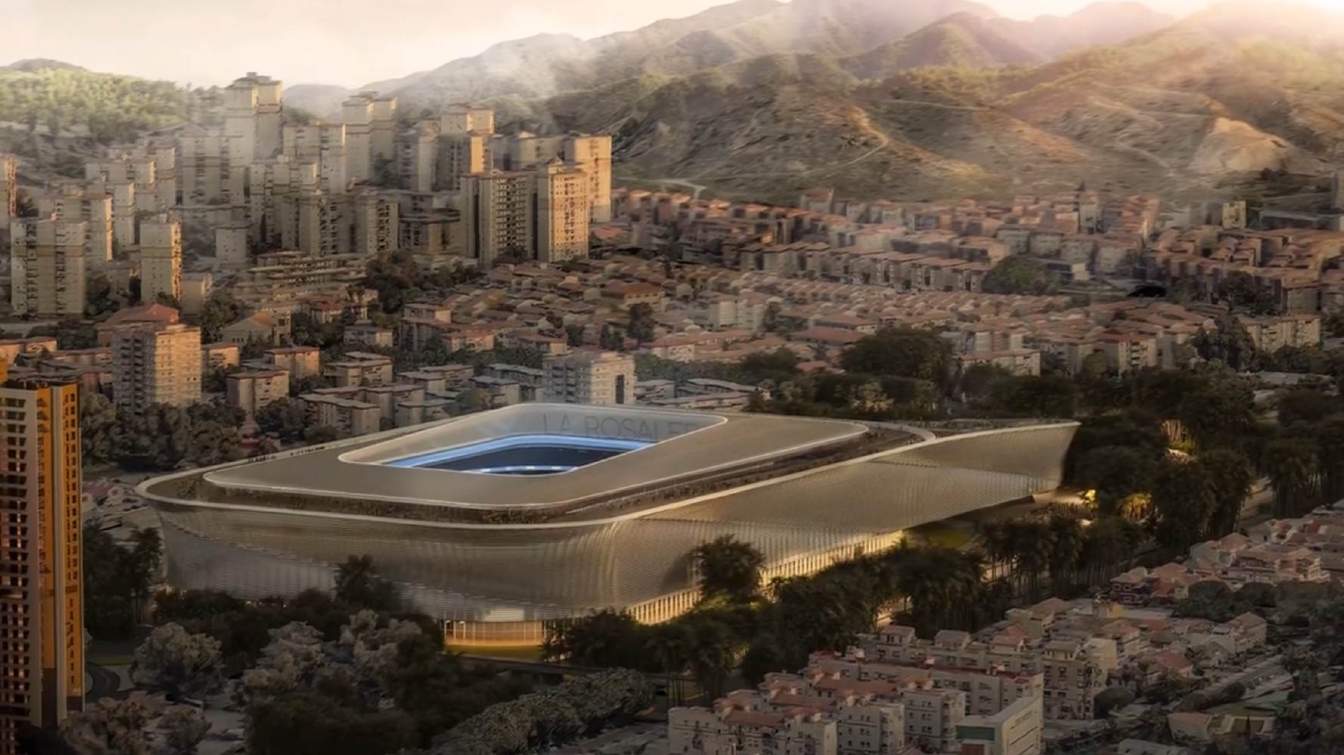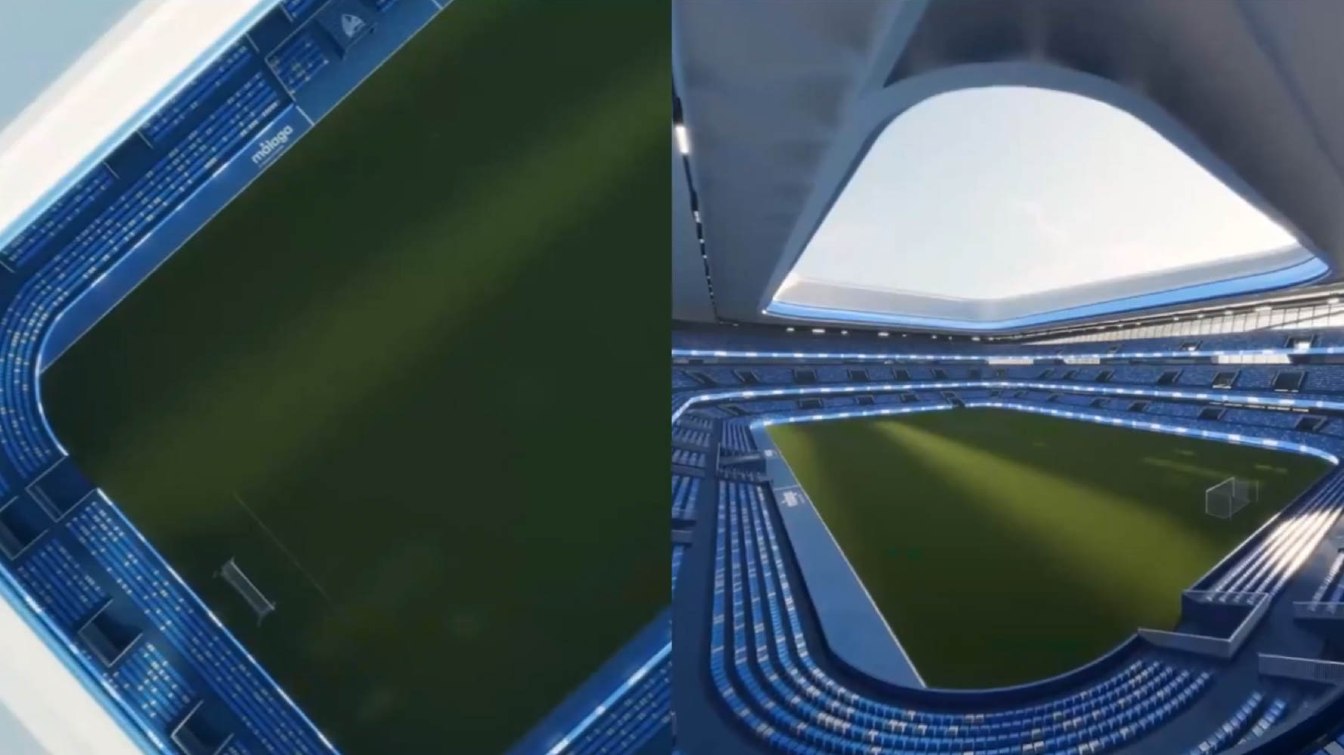Spain: Málaga CF's concerns amid 2030 World Cup preparations
source: StadiumDB.com; author: Paulina Skóra
 Malaga is intensively preparing to transform La Rosaleda into a modern international stadium and central venue, with a tight schedule pushing for expedited action. According to FIFA requirements, the stadium must be completed and operational by the end of 2028.
Malaga is intensively preparing to transform La Rosaleda into a modern international stadium and central venue, with a tight schedule pushing for expedited action. According to FIFA requirements, the stadium must be completed and operational by the end of 2028.
Advertisement
The city must meet the federation’s demands
Under the deadlines set by Malaga City Council’s infrastructure coordinator, Juan Alba, the forecast anticipates completing all necessary studies and preliminary projects by the end of this year and in 2025, allowing for a construction bid. The La Rosaleda expansion is planned for 2026–2028. Due to the tight deadlines, the project is split into two phases. The first phase addresses FIFA requirements, including increasing capacity to 45,000 seats and creating VIP box spaces.
A bridge to facilitate evacuation
During this initial phase, work will also begin on the stadium’s surrounding infrastructure, including partial development of the Guadalmedina riverbed. The plan includes building a bridge that will serve as an evacuation route for the eastern stands if needed, allowing stadium evacuation within seven to eight minutes, as per FIFA requirements. The project involves a 350-meter extension connecting the Armiñán and Aurora bridges. The Plaza de la Rosaleda Bridge, located at stadium level, will connect with Jorge Silvela Avenue, linking the Palma-Palmilla riverbanks with Ciudad Jardín. According to visualizations from Malaga City Council, this work will cover the area from the bridge at Luis Buñuel Avenue to the Eder Mallo soccer field on a plot adjacent to La Rosaleda’s surroundings.
Currently, there are no specific guidelines regarding the bridge, although the Urban Management Department’s infrastructure team is planning a functional
design. In La Rosaleda’s first renovation phase, the bridge’s work will focus on creating evacuation routes for the eastern stand and temporary spaces, including areas for tents, a fan zone, and media coverage, all to be located on Avenida de la Palmilla. The second phase, planned post-World Cup, aims to transform the bridge into a public-use space.
The city also prepares for the post-World Cup period
The second phase of work will focus on converting the stadium into a new urban center, which will help distribute the estimated €300 million investment costs. At this stage, engaging private partners interested in operating the infrastructure will be essential. To evaluate potential investor interest, the City Council commissioned consulting firm CBRE Richard Ellis to conduct an analysis to help determine the investment's feasibility.
This study will allow us to decide whether further investment in the stadium is worthwhile,
stated Juan Alba, highlighting essential elements like a system that allows the pitch to slide under the north stand, building a roof, and creating commercial spaces. However, consultations revealed challenges: the entire second ring of the stadium will need to be dismantled, as its structure cannot accommodate expansion.
Málaga CF fears financial losses related to modernization
Representatives from Málaga CF are already anticipating losses from the stadium’s prolonged modernization, estimated at €4–5 million. Currently, the entire club headquarters, employing 60 people, the official store, warehouse, and daily-use facilities for the first team are located at La Rosaleda. The club estimates that the inability to offer stadium tours and museum visits alone will result in an annual loss of €500,000. Meanwhile, leasing spaces in Fondo Sur to the VITHAS Clinic brings in over €30,000.
The club is also concerned about the impact of modernization on season pass and ticket sales. Ticket revenue currently constitutes a significant part of the budget, and Málaga CF has sold 26,550 season passes, with an additional 14,000 people on the waiting list. Club representatives fear that the growth seen over the past two years may slow, and interest in the team may decline. The La Rosaleda modernization will also accelerate the club’s transfer to La Academia, complicating scheduled phases and moving the first team—originally planned to move last—earlier.
Where will Málaga CF play during the modernization?
It remains uncertain where Málaga CF will play its home games during the construction period. Two options are being considered: a portable modular stadium or using Ciudad de Málaga, currently an athletics stadium. The first option is expensive, while the second presents challenges with the ground, which is not ideal for converting into a 20,000-seat stadium. Another possibility is temporarily relocating Málaga CF to Granada, although officials are reluctant to move the club outside the city.
Advertisement

 StadiumDB
StadiumDB

